The Moment of Recognition

When two apex predators meet in the wilderness, time seems to freeze. Their eyes lock across the landscape, and something primal awakens in both creatures. This isn’t just a casual encounter—it’s a moment where nature’s most powerful forces assess each other.
The air becomes electric with tension. Each predator’s body language shifts subtly, muscles coiling like springs ready to unleash devastating power. Their acute senses work overtime, processing every detail about their unexpected rival.
Reading the Territorial Lines
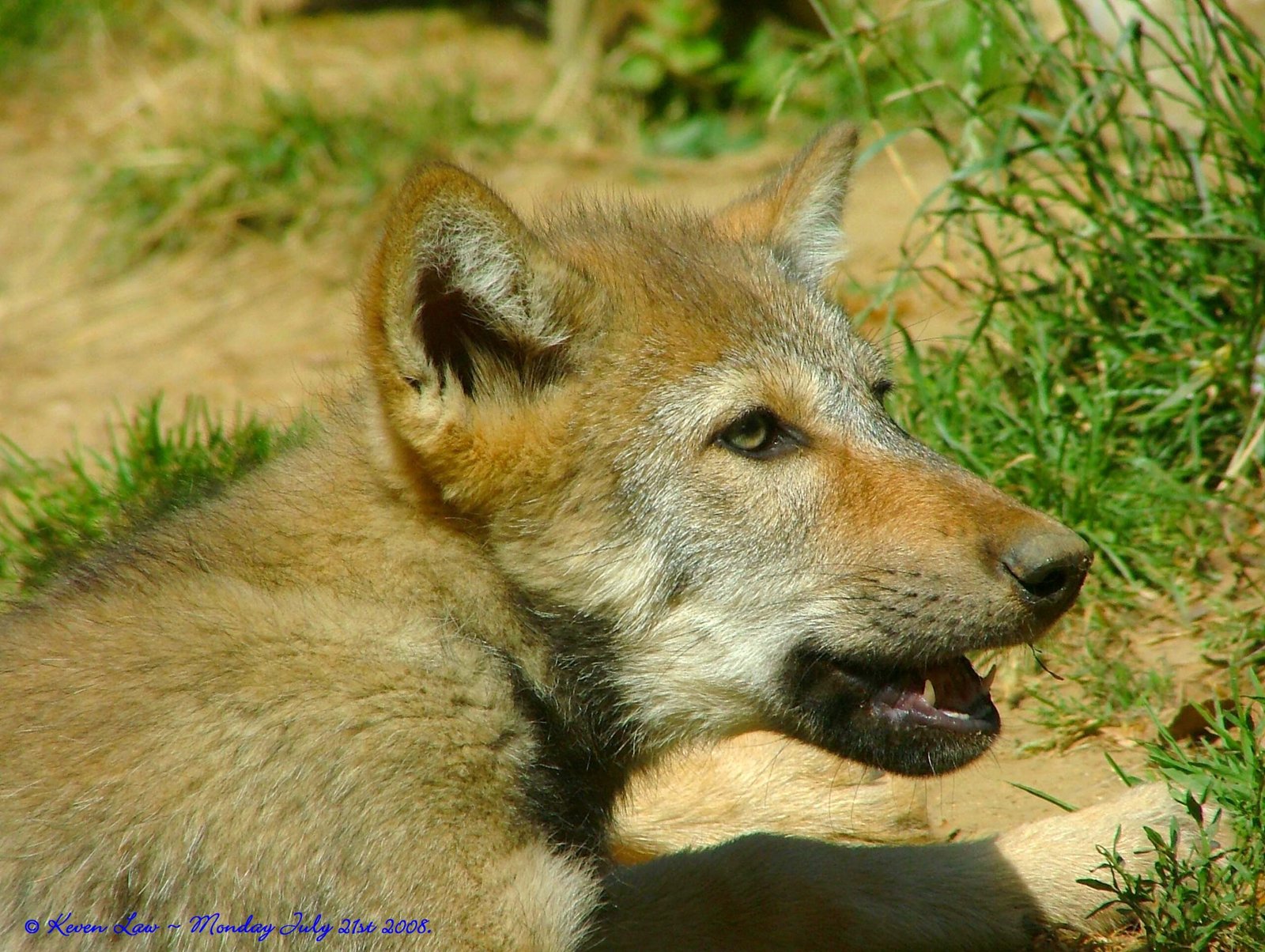
Territory means everything to apex predators, and when boundaries blur, the stakes couldn’t be higher. A lone tiger might stumble into leopard territory, or two mountain lions might find themselves hunting the same ridge. The invisible maps they carry in their minds suddenly become very real battlegrounds.
These encounters test more than just physical strength—they challenge the very foundation of survival. Who backs down first often depends on factors invisible to human observers: recent feeding success, injury status, or the presence of young nearby.
The Dance of Dominance
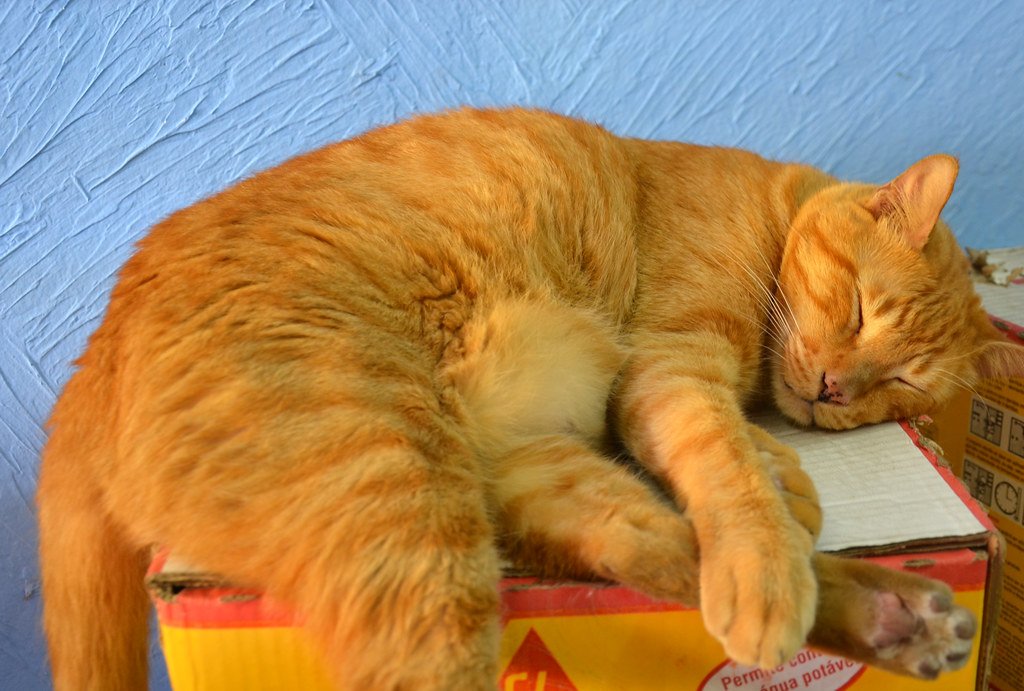
What follows isn’t always violence. Sometimes it’s an intricate dance of posturing and positioning. A jaguar might arch its back and emit low growls, while a puma responds with its own display of strength. These moments reveal the sophisticated communication systems that govern predator interactions.
Body language becomes everything. The angle of ears, the position of tails, even the way they distribute their weight—all these signals carry crucial information about intentions and capabilities.
When Size Doesn’t Matter

You might think the larger predator always wins, but nature loves to surprise us. A smaller, more agile predator can often outmaneuver a bulkier opponent. Speed, intelligence, and experience sometimes trump raw size and strength.
A honey badger facing down a leopard proves this point perfectly. Despite being vastly outweighed, the badger’s fearless attitude and razor-sharp claws can make even the most confident big cat think twice about engaging.
The Scent of Fear and Fury

Chemical signals flood the air during these encounters. Pheromones, stress hormones, and territorial markings create an invisible cloud of communication. Each predator’s heightened senses pick up these molecular messages, adding layers of complexity to the confrontation.
The smell of adrenaline mixes with natural musk and territorial scent markers. This chemical cocktail can escalate or de-escalate situations faster than any visual display.
Environmental Advantages
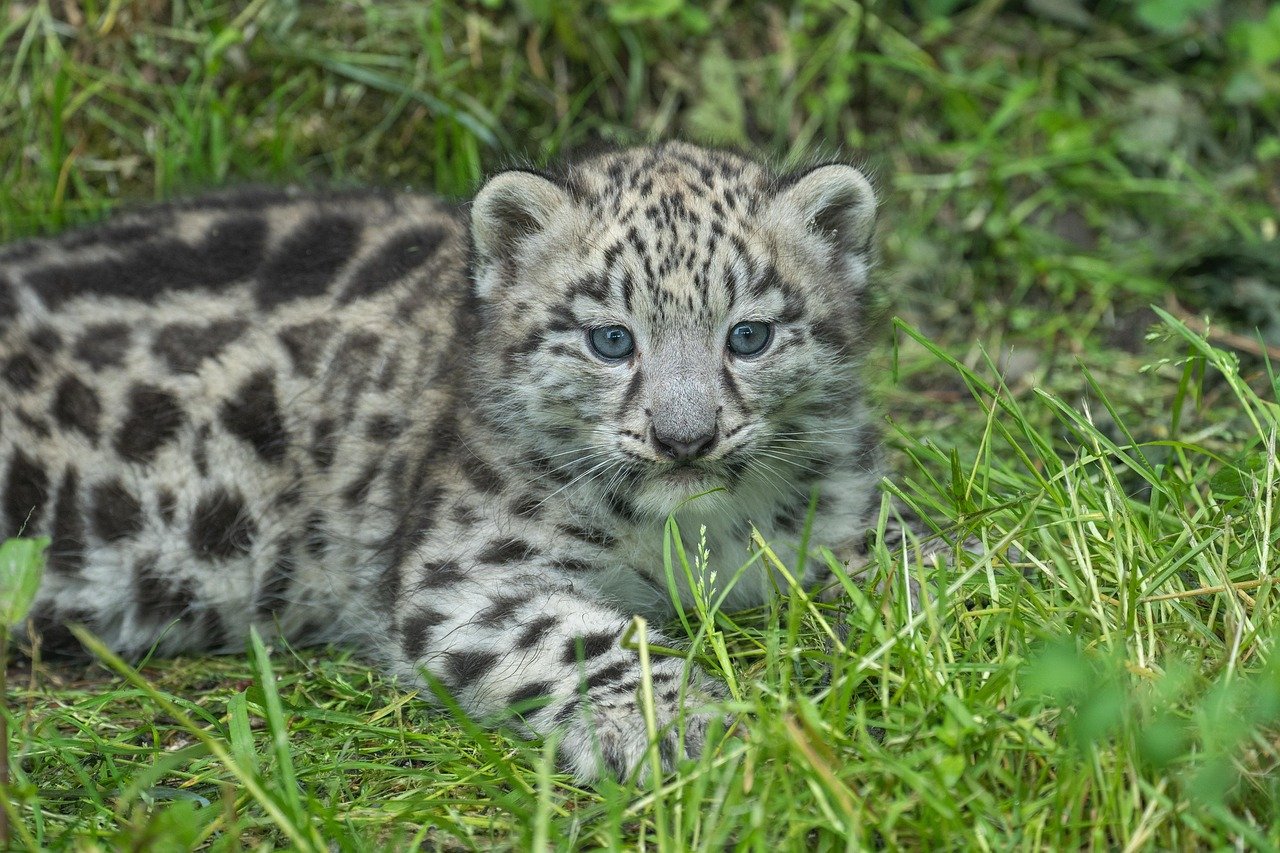
The setting plays a crucial role in determining outcomes. A snow leopard on rocky terrain has distinct advantages over a predator more suited to grasslands. Height, cover, escape routes—every environmental factor shifts the balance of power.
Water sources, dense vegetation, and cliff faces become strategic assets. The predator who knows the terrain best often controls the encounter’s outcome, regardless of their opponent’s reputation.
The Bluff and Counter-Bluff
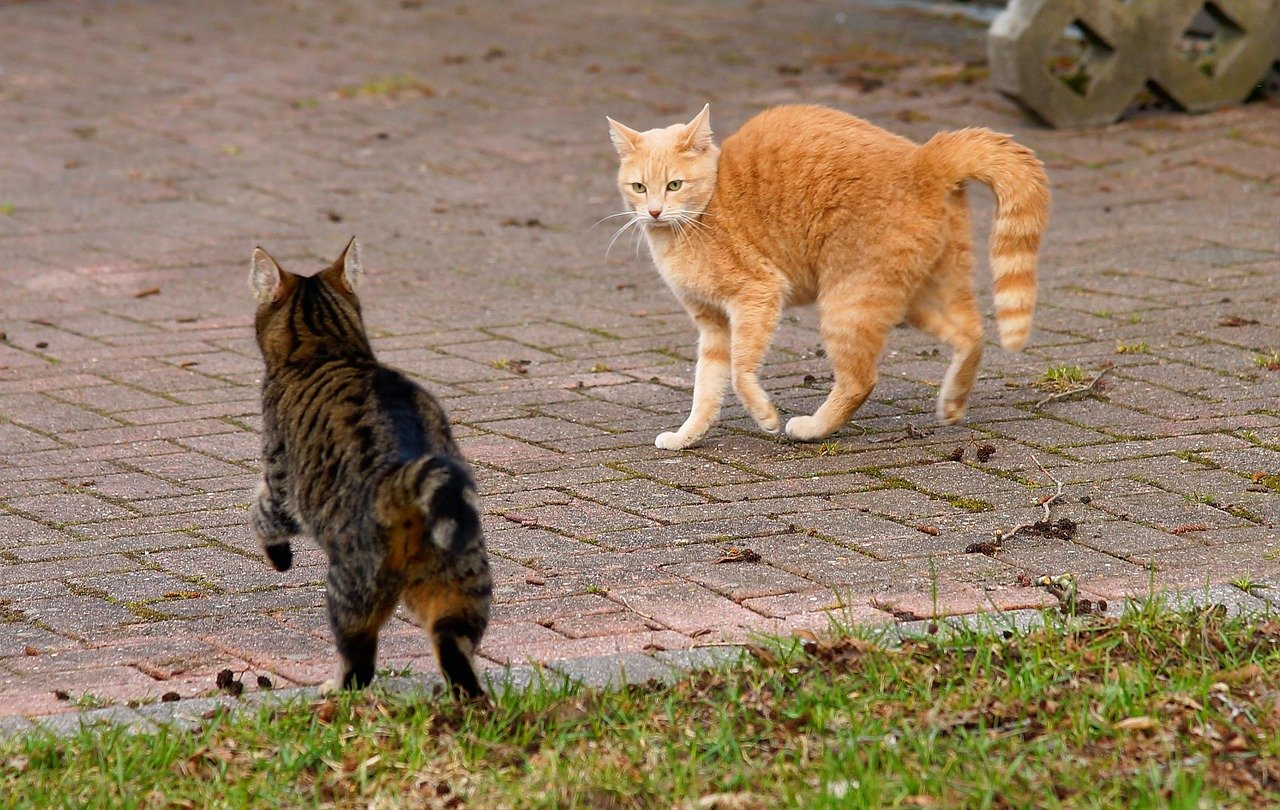
Many confrontations are elaborate games of chicken. One predator might charge forward, only to stop just short of contact. The other might respond with an even more aggressive display, testing their opponent’s commitment to violence.
These psychological battles can last minutes or hours. The predator who blinks first often concedes territory without a single claw being drawn. It’s nature’s way of avoiding unnecessary injuries that could prove fatal in the wild.
Young Ones Change Everything

The presence of cubs or young completely transforms predator encounters. A normally cautious mother will become absolutely fearless when protecting her offspring. Even the most dominant predator might retreat from a fierce parent defending their young.
Maternal instincts override self-preservation in these moments. The calculated risk assessment that usually governs predator behavior gets thrown out the window when babies are involved.
The Hunger Factor
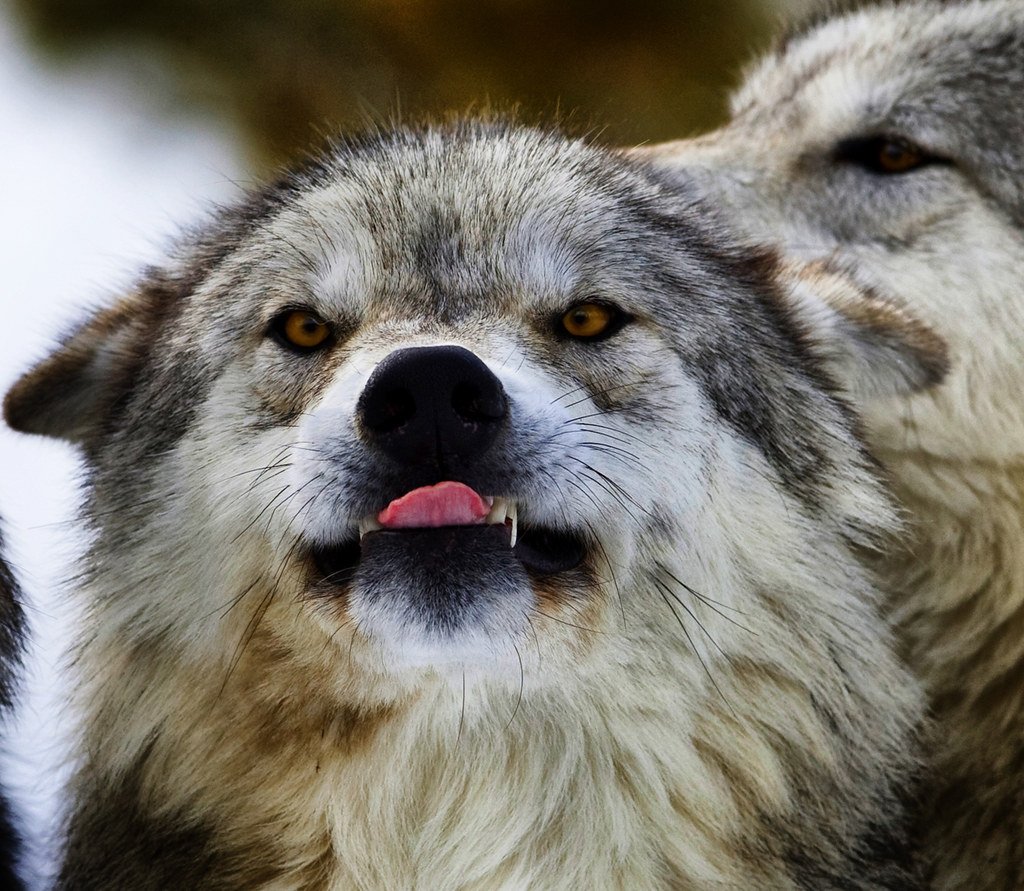
A well-fed predator behaves very differently from a starving one. Hunger can make even smaller predators surprisingly bold, while a recently successful hunter might be more willing to avoid conflict. Empty bellies make for desperate decisions.
The last time each predator ate influences every aspect of their encounter. A hungry jaguar might risk injury to claim territory, while a satisfied one might simply move on to avoid unnecessary confrontation.
When Worlds Collide
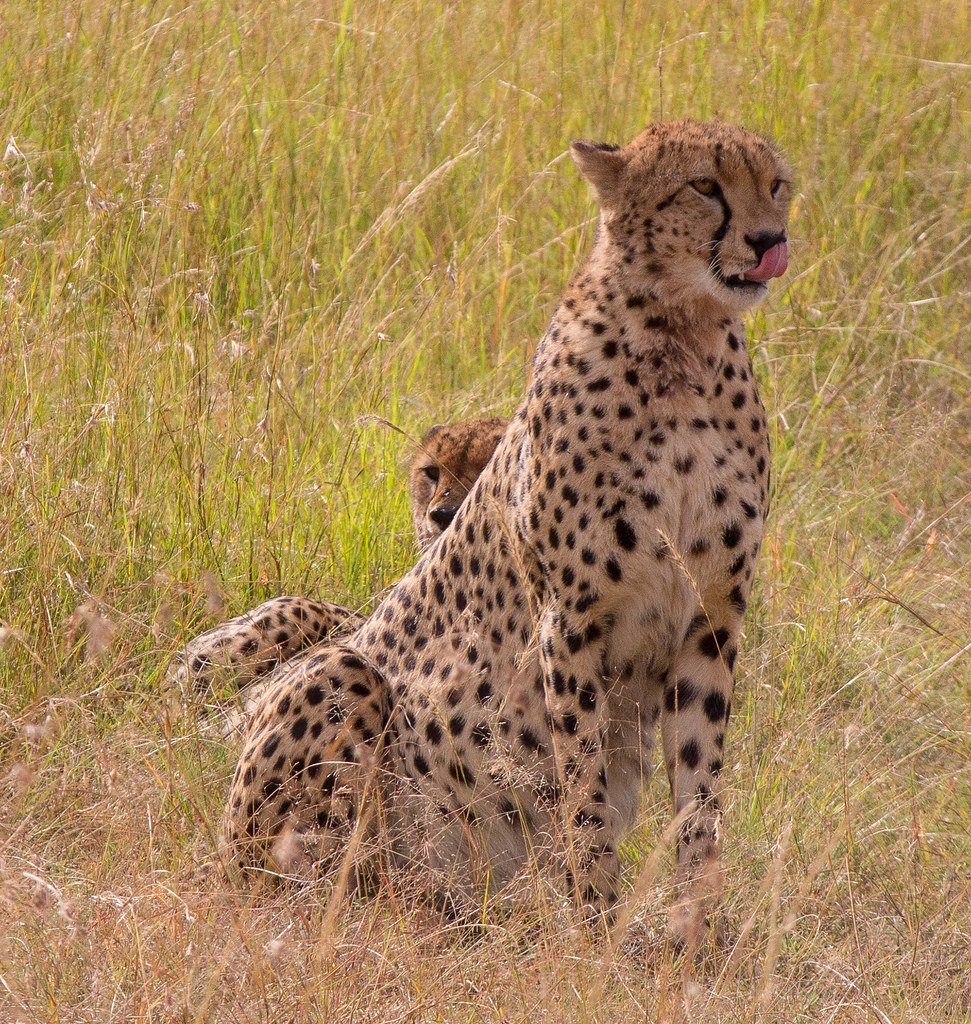
Climate change and habitat loss are forcing predators into closer contact than ever before. Traditional territories are shrinking, pushing apex predators into shared spaces where encounters become inevitable. These meetings are becoming more frequent and more intense.
What was once rare is becoming routine. Predators who might never have met in the wild are now competing for the same resources in increasingly compressed habitats.
The Sound of Silence

Not all confrontations involve roars and growls. Sometimes the most intense encounters happen in complete silence. Two predators might lock eyes and engage in a wordless battle of wills that speaks volumes about their respective strengths.
The absence of sound can be more intimidating than any vocalization. When apex predators go quiet, it often means they’re calculating their next move with deadly precision.
Unexpected Outcomes

Nature rarely follows the script we expect. Sometimes two apex predators will simply acknowledge each other and move on. Other times, they might even share resources temporarily. The wild is full of surprises that challenge our assumptions about predator behavior.
A leopard and a hyena might hunt cooperatively if circumstances align. These unusual partnerships remind us that survival sometimes requires flexibility over rigid territorial behavior.
The Aftermath

Whether the encounter ends in violence or peaceful resolution, both predators are changed by the experience. They’ve gathered crucial intelligence about potential rivals and threats in their environment. This information shapes their future hunting patterns and territorial decisions.
Memory plays a vital role in predator survival. The lessons learned from these encounters influence behavior for months or even years afterward.
Human Impact on Predator Encounters

Our expanding presence in wild spaces is artificially increasing predator encounters. Roads, settlements, and agricultural areas create bottlenecks where apex predators are forced into closer contact. We’re inadvertently staging more of these dramatic meetings.
Understanding these human-influenced encounters helps us better manage conservation efforts. By creating wildlife corridors and protecting larger habitat areas, we can reduce forced confrontations between apex predators.
The Circle of Respect
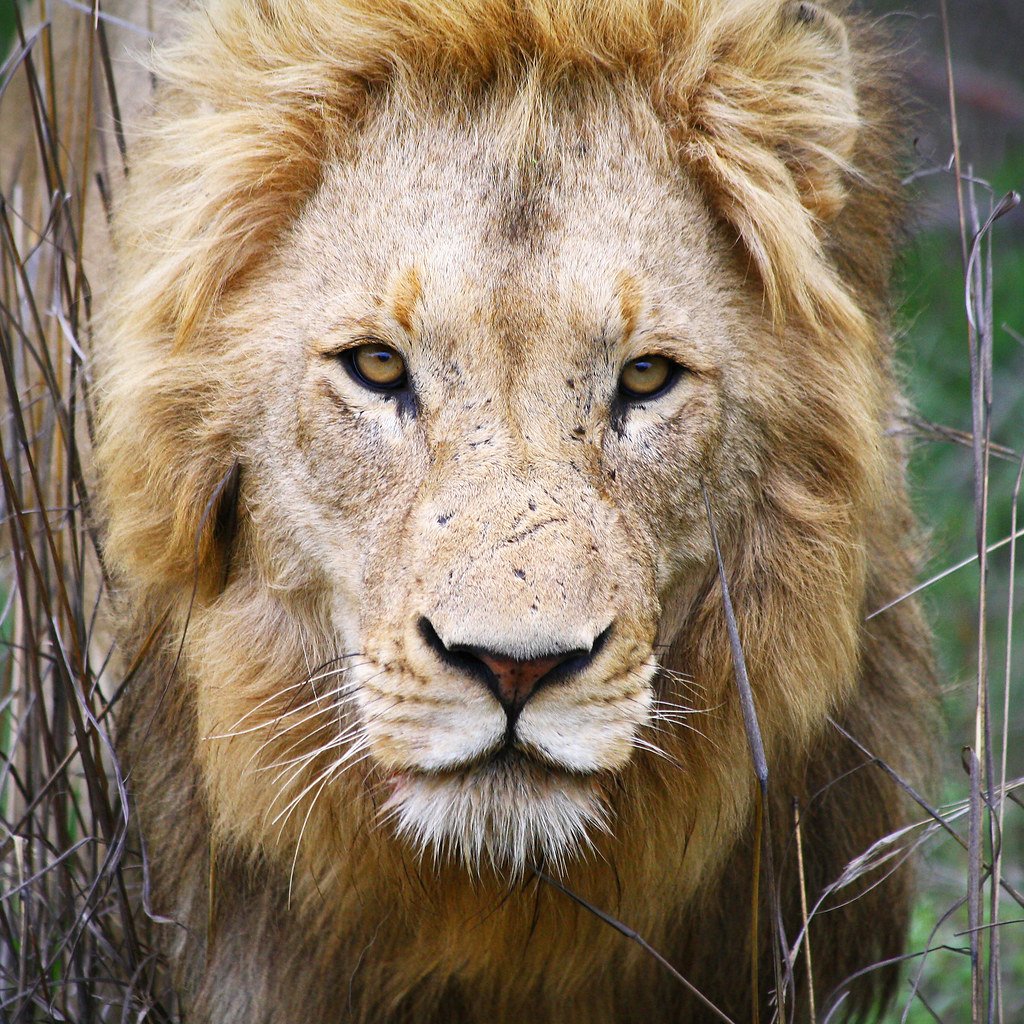
In the end, apex predator encounters reveal nature’s complex web of relationships. These meetings aren’t just about dominance—they’re about survival, territory, resources, and the delicate balance that keeps ecosystems functioning.
Each confrontation teaches us something new about the intricate social structures that govern wild spaces. The respect these powerful creatures show each other, even in conflict, offers profound lessons about coexistence in a competitive world.
The next time you wonder about the wild spaces beyond our cities, remember that somewhere out there, two apex predators might be facing off in a moment that will determine their futures. What would you do if you witnessed such a primal encounter?
Hi, I’m Bola, a passionate writer and creative strategist with a knack for crafting compelling content that educates, inspires, and connects. Over the years, I’ve honed my skills across various writing fields, including content creation, copywriting, online course development, and video scriptwriting.
When I’m not at my desk, you’ll find me exploring new ideas, reading books, or brainstorming creative ways to solve challenges. I believe that words have the power to transform, and I’m here to help you leverage that power for success.
Thanks for stopping by, Keep coming to this website to checkout new articles form me. You’d always love it!





